
Cape Town Photographer Wins the Trip of a Lifetime
Photographic prize winner Rob Tarr and his partner Louise van den Aardweg have recently returned to Cape Town from what they describe as the trip of a lifetime: a nine-day ship-based photographic expedition for two, deep into the Arctic. Rob won this fantastic prize in the Oceans of Life annual photographic competition, organized by Birdlife South […]

Photographic prize winner Rob Tarr and his partner Louise van den Aardweg have recently returned to Cape Town from what they describe as the trip of a lifetime: a nine-day ship-based photographic expedition for two, deep into the Arctic.
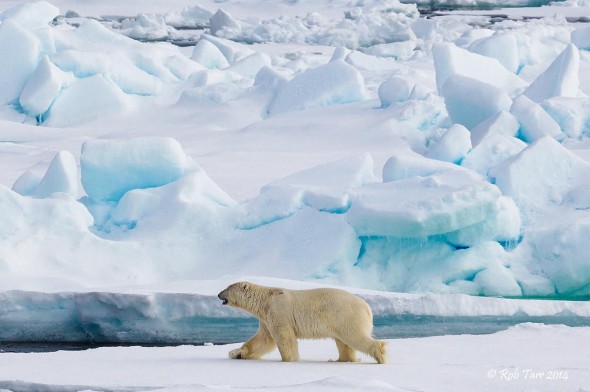
Rob won this fantastic prize in the Oceans of Life annual photographic competition, organized by Birdlife South Africa, which is open to photographers worldwide. The theme of the competition is to celebrate marine life in general – to show how diverse, beautiful and inspiring marine life is.
Rob entered one his photographs in the competition last August, and was delighted when it was selected for first prize. As winner of the Oryx Award Rob’s prize included exploring the coastline of Spitsbergen, Norway, guided by a professional wildlife photographer.
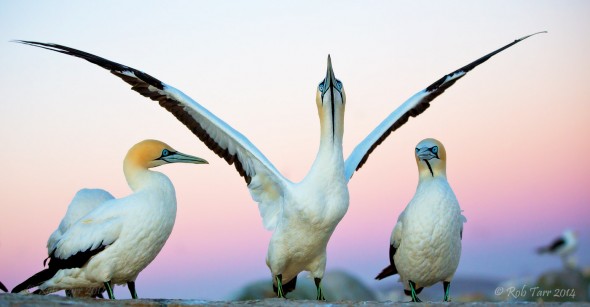
Rob and Louise took the trip in June this year, flying in to Longyearbyen, Spitsbergen, a day early so as to fit in a dog-sledding trip in the snow as well!
When Rob’s not taking award-winning photographs, he’s a marine biologist with a masters degree from the University of Cape Town.
Rob has worked in the field of fisheries research for over 30 years, including over 1000 hours spent underwater during his time studying the abalone populations of the western and eastern Cape! He was fortunate during this time to travel to many countries around the world, as well as to remote islands such as Gough, Tristan da Cunha and Marion.
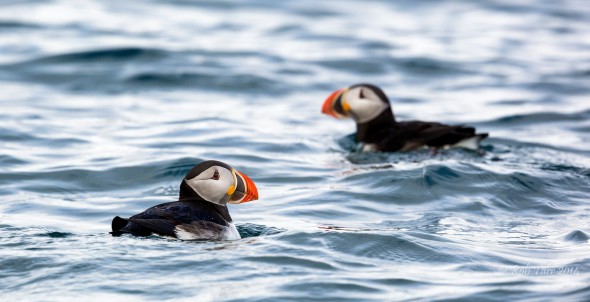
He has always had an interest in photography (primarily underwater of course), but was always looking forward to the era of digital photography.
Rob bought his first digital camera in 2002, a 4-megapixel Canon G2, and was immediately hooked on digital. Having all images accessible on the computer, and being able to process them electronically, was fantastic…and a steep learning curve ensued…which, as the winner of this award, he is clearly mastering!
Rob spoke to SAPeople about his trip…
Tell us about your experience in the Arctic
The most amazing thing about the experience was being on a 25-year old Russian research vessel, the Akademik Sergey Vavilov, for nine days, with a professional expedition company – One Oceans – directing activities on a daily basis, that were focused entirely on providing the passengers with a memorable adventure.
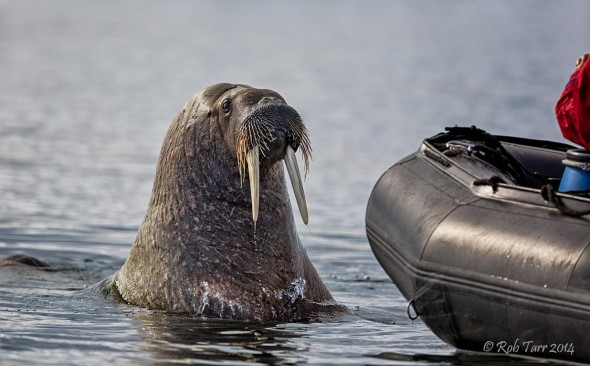
Each day we would usually board inflatable zodiac boats in the morning, and explore the glaciers and icebergs looking for wildlife such as polar bears, walrus, seals, or seabirds.
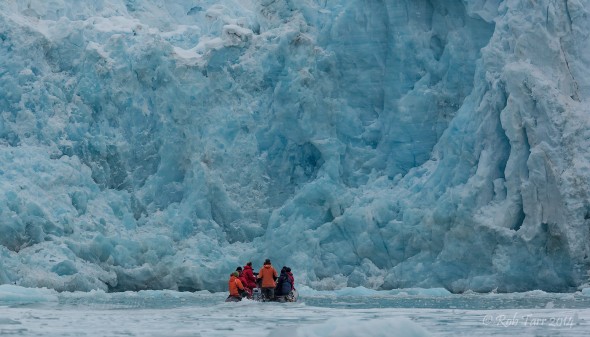
Or we would go ashore and explore historic sites and hike through the tundra searching for arctic foxes and reindeer.
There were usually two outings per day, or on some days the ship would be used as the base, exploring the edge of the pack ice, looking for polar bears.
The ship was certified to enter broken ice, so when we spotted a bear, we were able to approach through the ice, and photograph, or simply watch and soak up the moment as it went about its business on the ice.
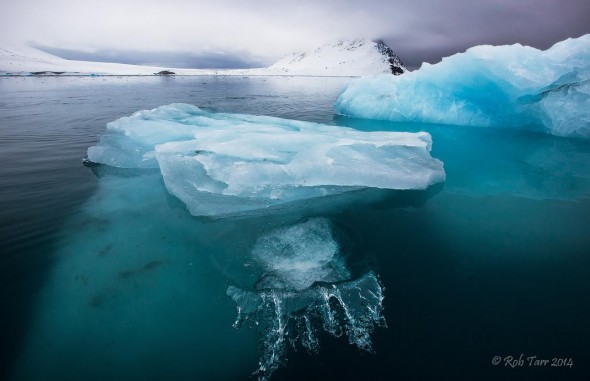
What new photography challenges did you discover by being in Arctic conditions?
Before the trip we were very apprehensive about the Arctic weather, and the challenges it would pose photographically.
But we needn’t have worried: with the prior advice of our experienced wildlife photographer guide Elliott Neep we only brought along spare batteries (since cold conditions reduce the strength of batteries) and special camera rainsleeves in case of rain or water splash.
As it turned out, we only used the rainsleeves once, in sleet conditions – the rest of the time we experienced either bright sunshine or overcast conditions. Normal kit for us was two or three layers of warm clothing underneath expedition-supplied rain gear and gumboots.
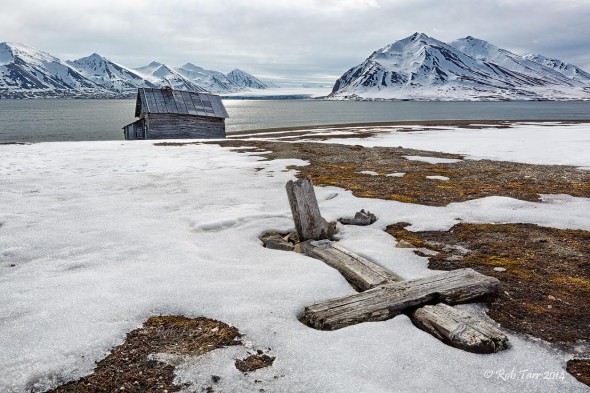
Thin cotton or silk glove liners under our gloves allowed for handling the cameras without getting too cold. A small lifejacket was compulsory on all outings on the zodiacs.
Tell us about some of your favourite photographs from the trip
On some days the weather was just perfect! Here (below) the mirror-like water and the clouds combined to produce a mesmerising image, where one can imagine things like an alien face in the reflections. This was stitched together from a sequence of 7 overlapping images.
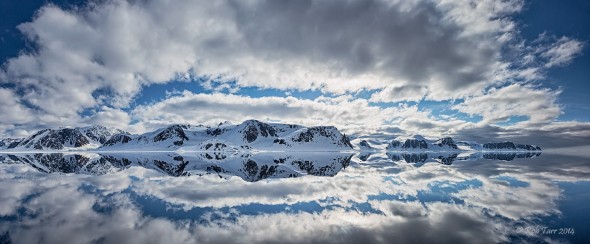
A pair of walrus facing off, with a glacier in the background. Converted to B&W to focus attention on the pair, and the textures of their faces and bodies.
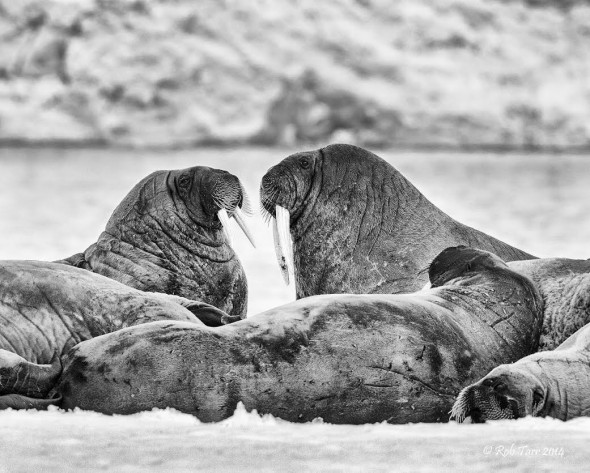
A stitched image combined from a sequence of 4 overlapping images, this iceberg grabbed our attention immediately. The weathered layers of accumulated snow that make up a glacier, and hence an iceberg, made for a very photogenic subject. The expedition vessel is in the distance on the right.
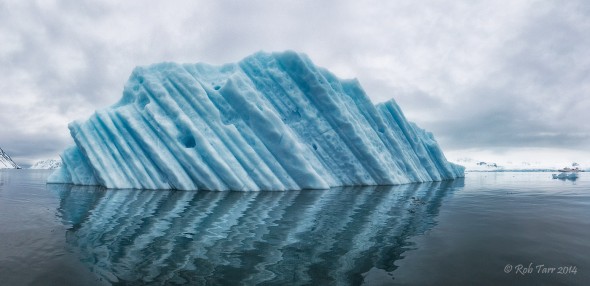
An absolute favourite of mine, this rather debonair looking bearded seal swam up towards us from quite a distance to have a good look, before going on his way again.
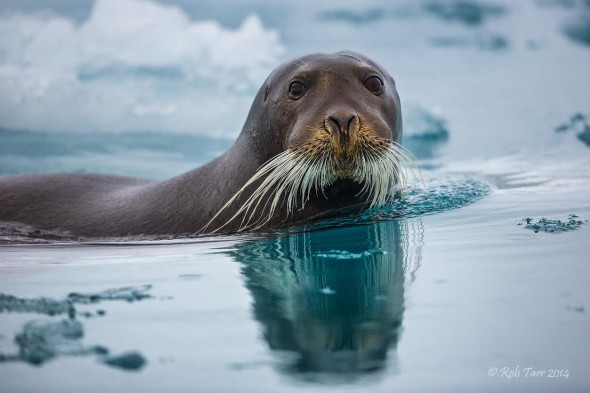
Is photography a passionate hobby for you or something you’d like to take more seriously?
The past few years has seen my interest and commitment towards photography increasing significantly, to the extent that I could see myself pursuing this as an alternative to my present career, should the right opportunities arise.
Areas that are close to my heart are, essentially, anything marine related, but in particular conservation issues – including the challenging arena of sustainable fishing.
That might sound like a contradiction – but although our oceans are in serious need of conservation, they also have huge potential to provide – in many ways – and this potential needs to be managed properly.
More Info
Rob qualified as a Fellow of the Photographic Society of South Africa (FPSSA), and was recently awarded the status of Artiste of the International Federation of Photographic Art (AFIAP).
All Rob’s images are available as prints, and he particularly favours the use of cotton-based fine art print paper and pigment inks, as these have an archival stability approaching, or exceeding, 100 years. These are easily shipped worldwide. He is also available to discuss possible commission work.
